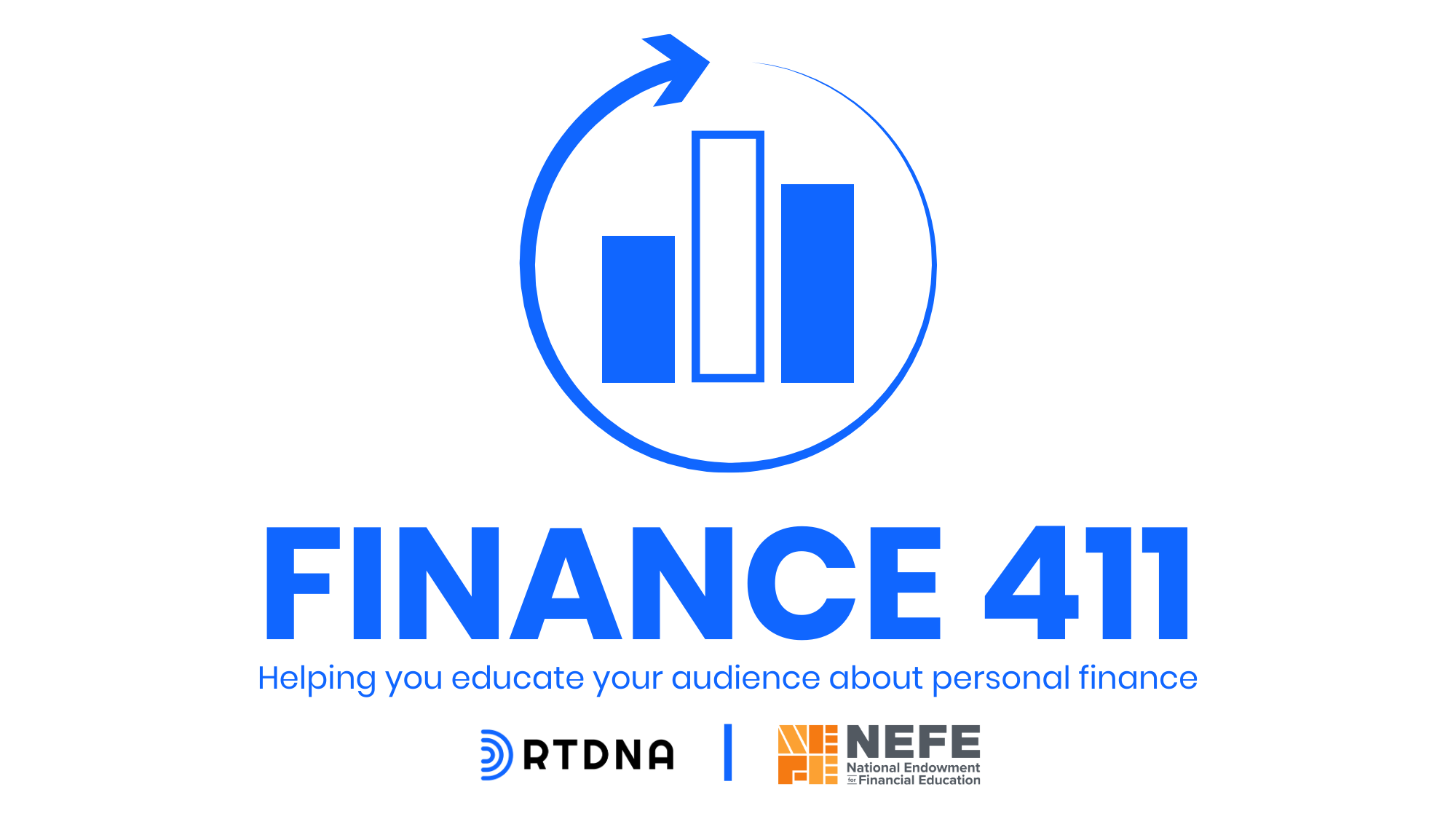Money Matters: Explaining the inverted yield curve

If you’ve been hearing the term “inverted yield curve” quite a bit recently, you’re not alone. Finance pages are ablaze with technical-sounding descriptions and some dire predictions based on this latest bond market trend.
But what does this really mean, and what does the average consumer need to know?
Here’s a good Twitter thread explaining the basics: Essentially, investing in bonds for a longer period (10 years) should yield greater returns than investing for a short time (like 2 years or 3 months). But when investors are nervous about the economy, too many may move money into the safer long-term bonds, which can cause the returns to drop, even below the yield of short term bonds. When the short-term investments have greater returns, this is called an inverted yield curve.
The 3-month bond yield passed the 10-year yield in March of this year. Now, the two-year yield also, briefly, beat out the 10-year yield – by .001% – for a little while on August 14 (Compare the rates live here.)
Why does this matter? Historically, an inverted yield curve has preceded recession.
According to the San Francisco Federal Reserve Bank’s research, since 1955, nine inverted yield curves have been followed by recessions, and one by an economic slowdown.
Depending on the data source, an inverted yield curve’s pattern is to occur between six and 22 months before a recession.
The two-year bond yield briefly passing this threshold has some economic experts predicting a coming recession, but others are suggesting the metric may not be as good a predictor as it once was. The relationship between inflation and employment, for example, has recently changed outside what was once considered the norm. The Federal Reserve has also taken different policy actions than in past instances. And the economy overall is a complicated engine, with many other factors like consumer spending may have a bigger impact.
In short, recessions are all but impossible to predict accurately.
Here are some tips for reporting on this and other economic indicators:
- Be specific when describing which measures you’re reporting.
- Cite multiple sources when reporting historical correlation.
- Remember that correlation does not equal causation.
- Note the limitations of using this metric as a predictor.
- Provide actionable insights for your audience.
So what are actionable insights for the average viewer, reader or listener?
Not much different than good financial advice for any time, really:
- For most people, focus long term. Don’t let short term trends drive your decision making about retirement funds for example.
- Diversify assets. Invest in a mix of cash savings, stocks, bonds, CDs, and other vehicles.
- Think about your risk tolerance. Everyone’s financial situations and goals are different. Invest based on your own risk tolerance.
- Pay down debt.
- Have emergency savings. It’s always smart to have a few months’ worth of savings available to access quickly.
Weekly Money Matters personal finance content for your newsroom is sponsored by the National Endowment for Financial Education. Learn more at the Money Matters session at Excellence in Journalism.
